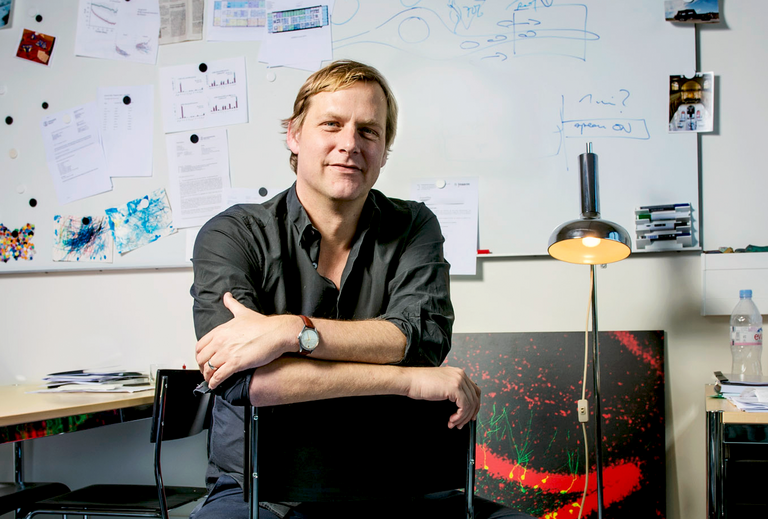The Arctic remains one of the least developed regions on Earth, but that is changing rapidly due to climate change. As sea ice melts, new sea routes emerge, and previously inaccessible resources attract growing economic interest. Thanks to a generous private donation, the UZH has been able to analyze comprehensively, for the first time, how increasing human presence is affecting the Arctic.
Historically, permanent settlement in the Arctic has been nearly impossible due to the extreme cold, long periods of darkness, and the remoteness of many parts of this polar region. However, as temperatures continue to rise — the Arctic is warming at about four times the global average —
these conditions are shifting. To ensure sustainable development in the region and avoid environmental pollution, human activities must be carefully monitored. For years, we have lacked a comprehensive overview of these changes.
Cengiz Akandil’s doctoral thesis, supervised by Professor Gabriela Schaepman-Strub at the Institute of Evolutionary Biology and Environmental Sciences at UZH, provides that missing data. Together with an international research team, Akandil analyzed satellite images of artificial light at night to study light pollution, which can help determine where new infrastructure and industrial activity have emerged in recent decades. The results are striking: between 1992 and 2013, the Arctic’s brightness increased by five percent annually. In total, more than 800,000 square kilometers—an area nearly as large as Germany and France combined—are now affected by light pollution, with 85 percent of this light originating from industrial activities, not residential areas.
Dangers for the Environment
These changes pose serious consequences for the fragile Arctic ecosystem. Artificial light, for example, complicates the adaptation of reindeer to winter twilight, making it harder for them to find food. The delicate ecological balance is also disrupted by slowed plant growth and the spread of invasive species. Meanwhile, oil and gas extraction, as well as expanding mining activities, are contributing to environmental pollution. Despite these challenges, the study also offers hope. It provides a scientific foundation that can help indigenous communities, governments, and other stakeholders make responsible decisions to protect the Arctic’s unique natural environment for the long term.
“Few things are as important as the development and protection of our planet. We are pleased to contribute to this research.”
Dr. Urs und Barbara Stampfli
From Idea to Implementation
The idea to investigate human activities in the Arctic was conceived by Gabriela Schaepman-Strub five years ago. Cengiz Akandil developed the project as part of his doctoral research. Thanks to generous financial support from Urs and Barbara Stampfli, the project was able to proceed successfully. According to Gabriela Schaepman-Strub, this project highlights the challenges of conventional funding: “The research was based on an uncertain idea that needed time and flexibility to develop. Thanks to private support, we were able to move forward with confidence and ultimately bring it to fruition.”




